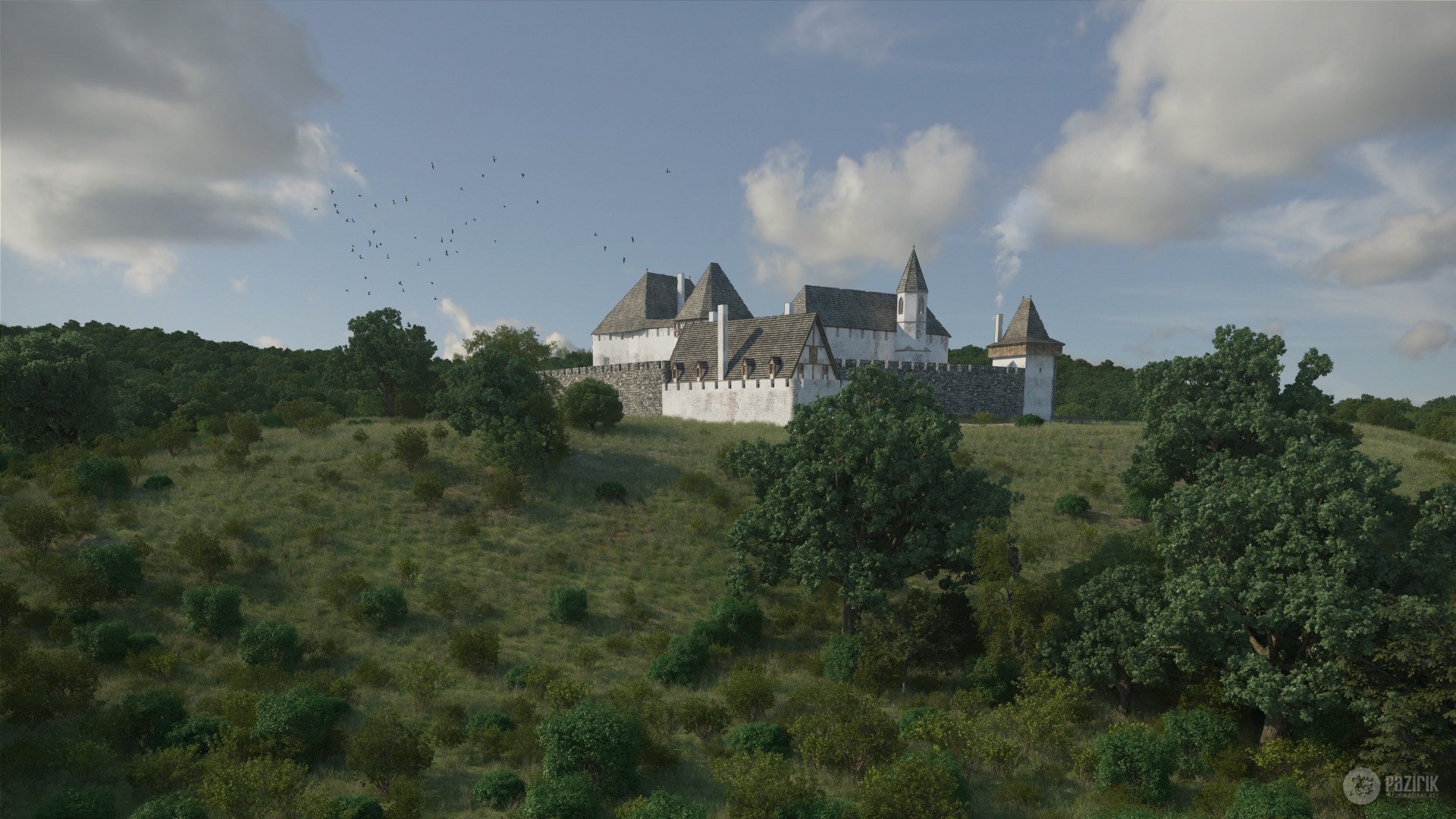

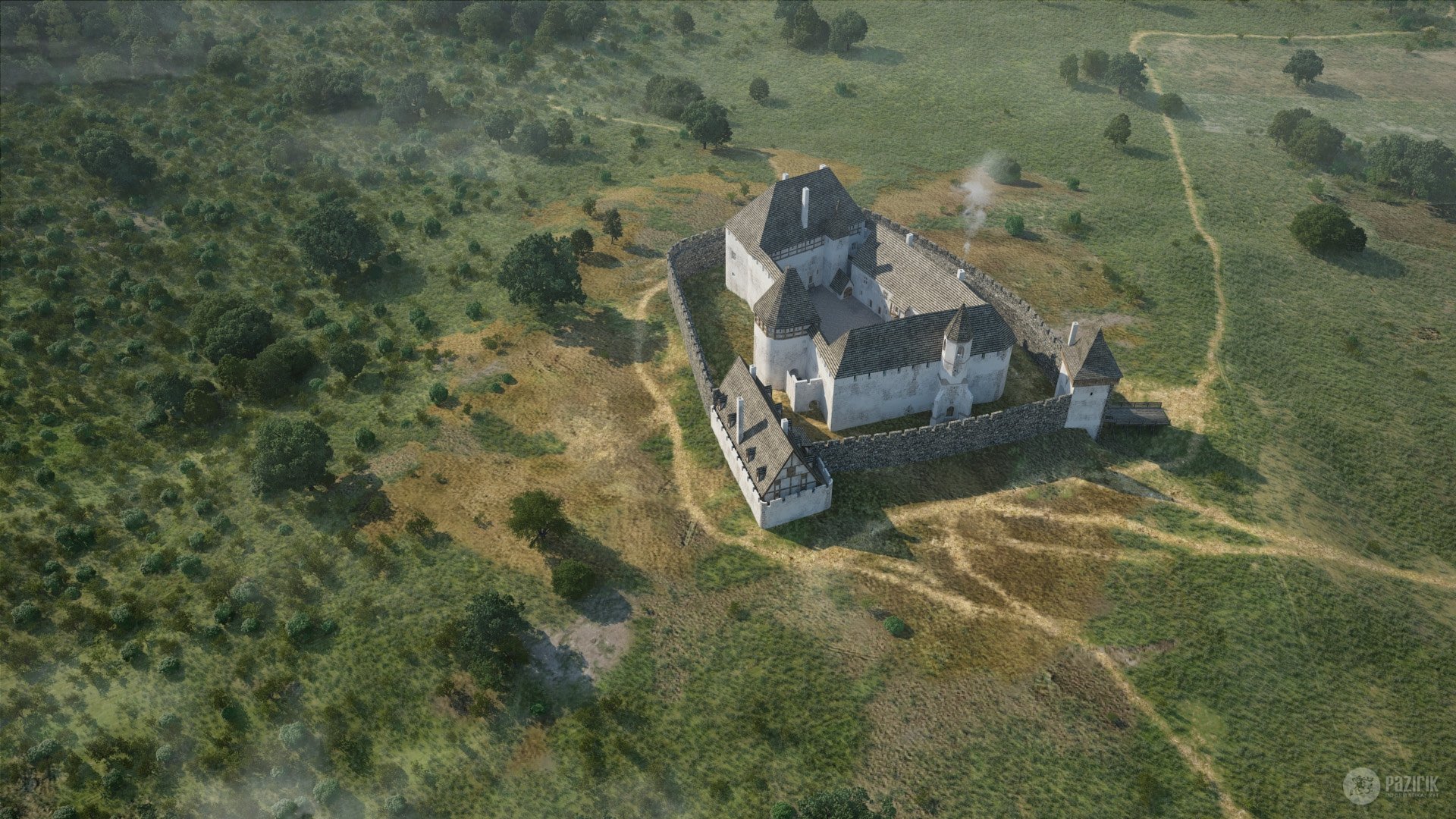
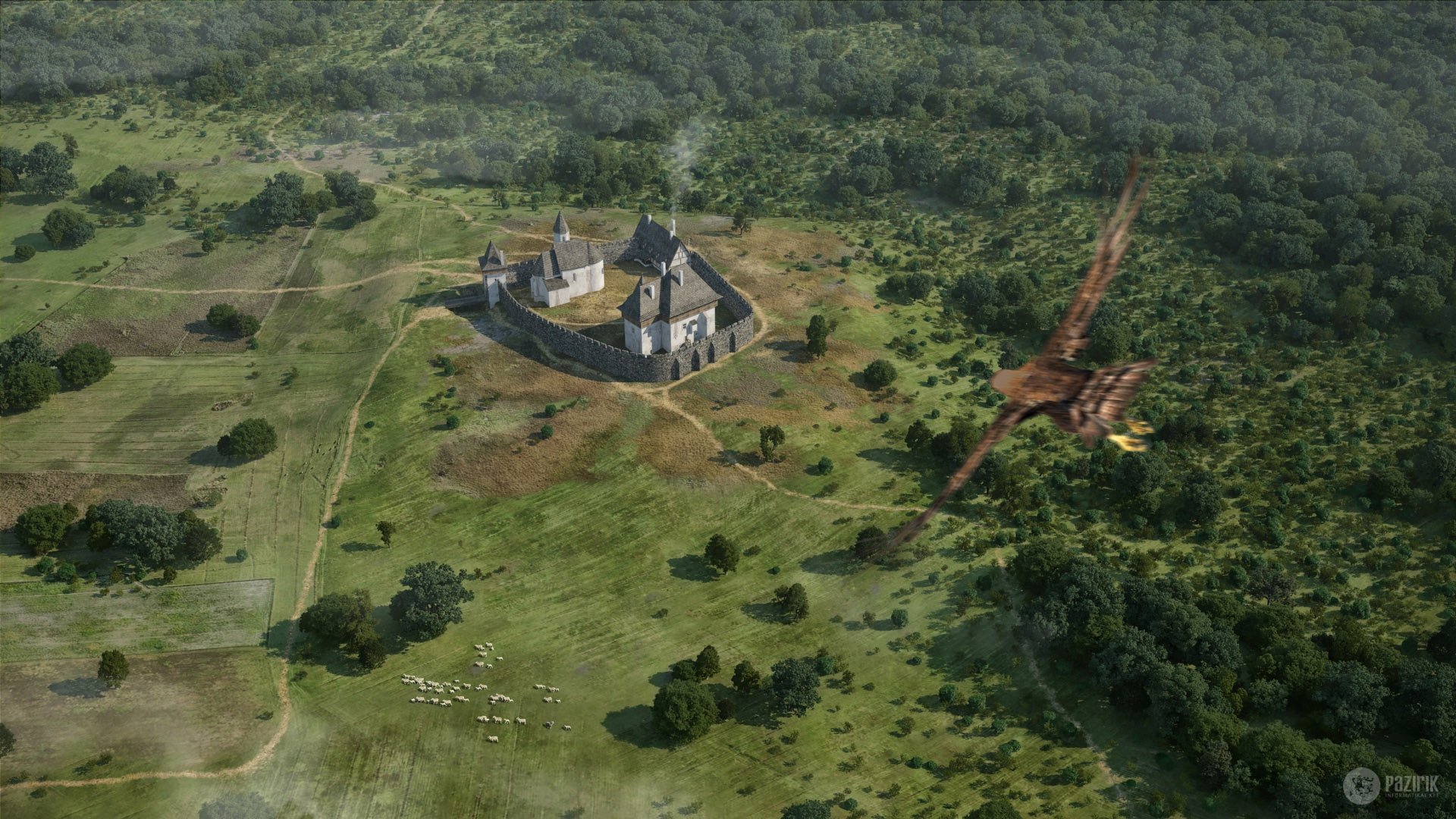
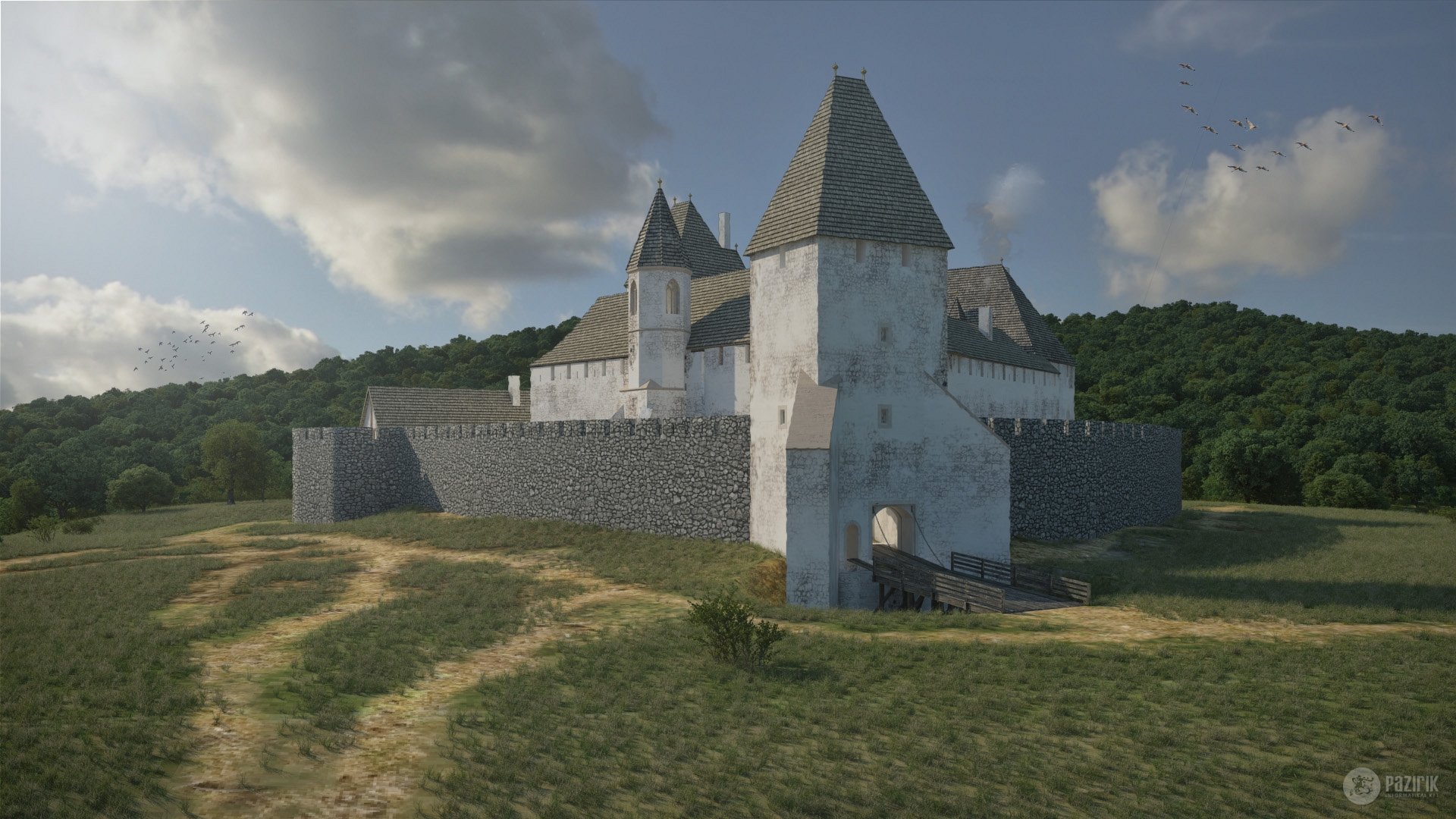
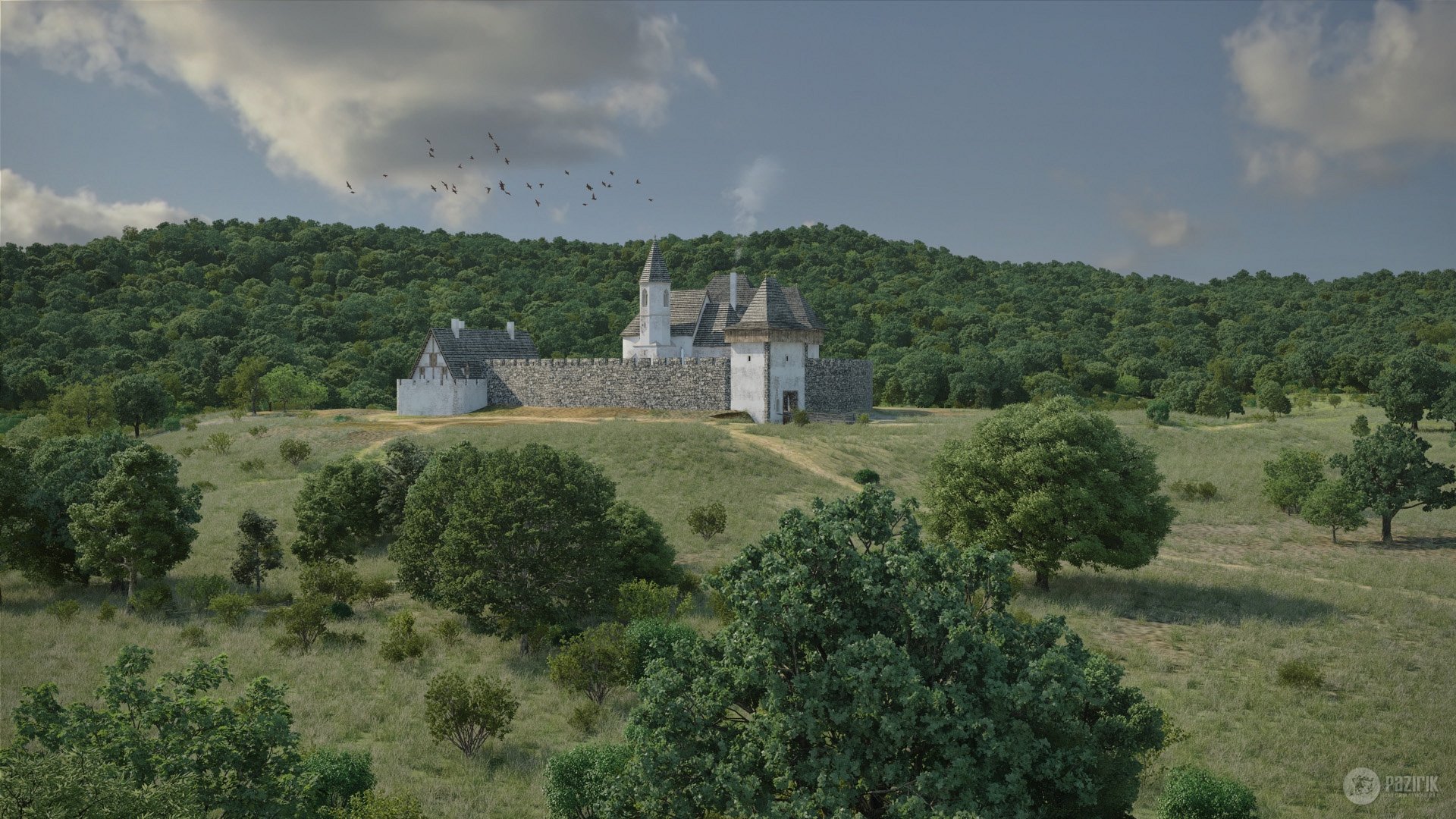
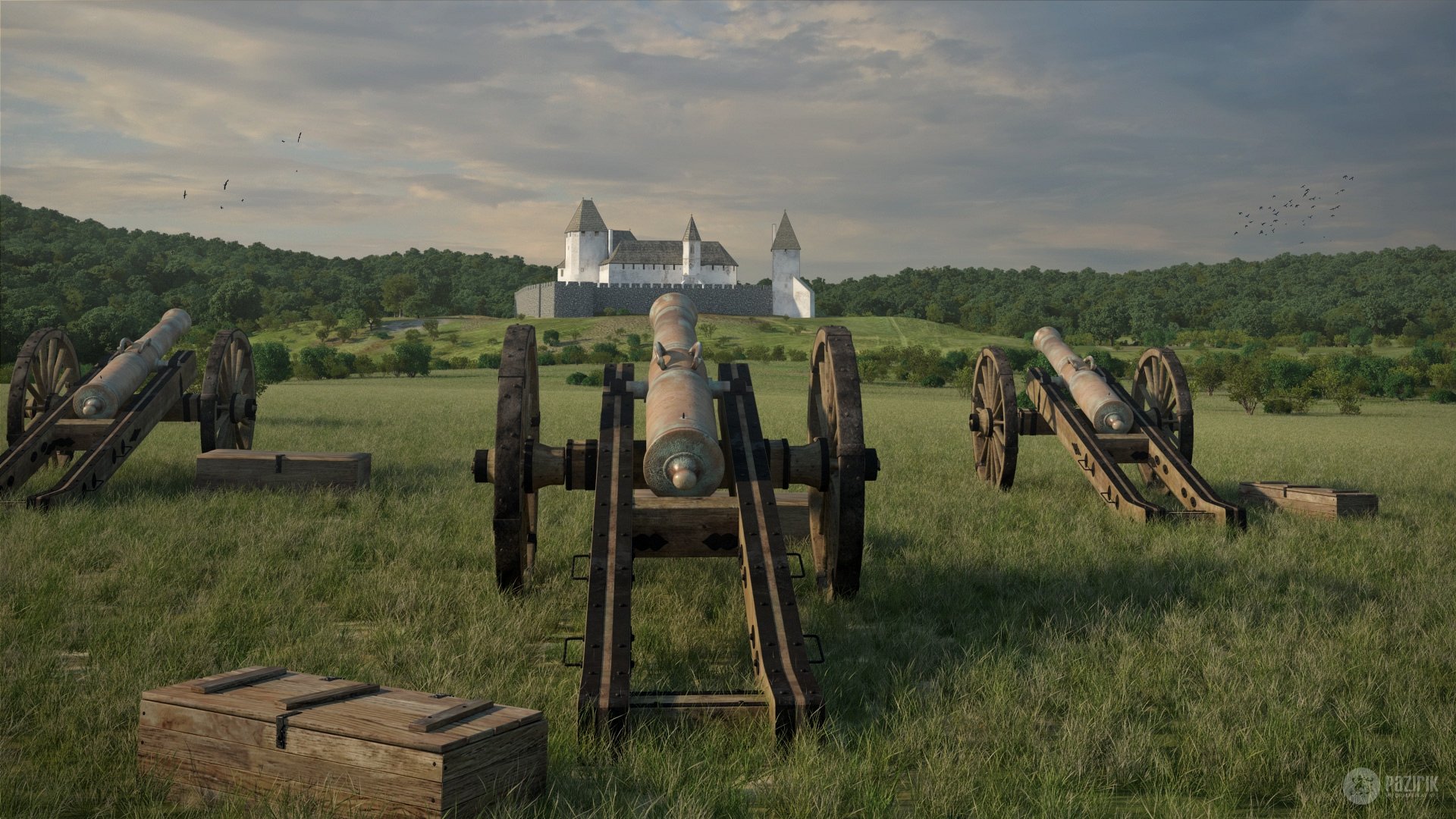
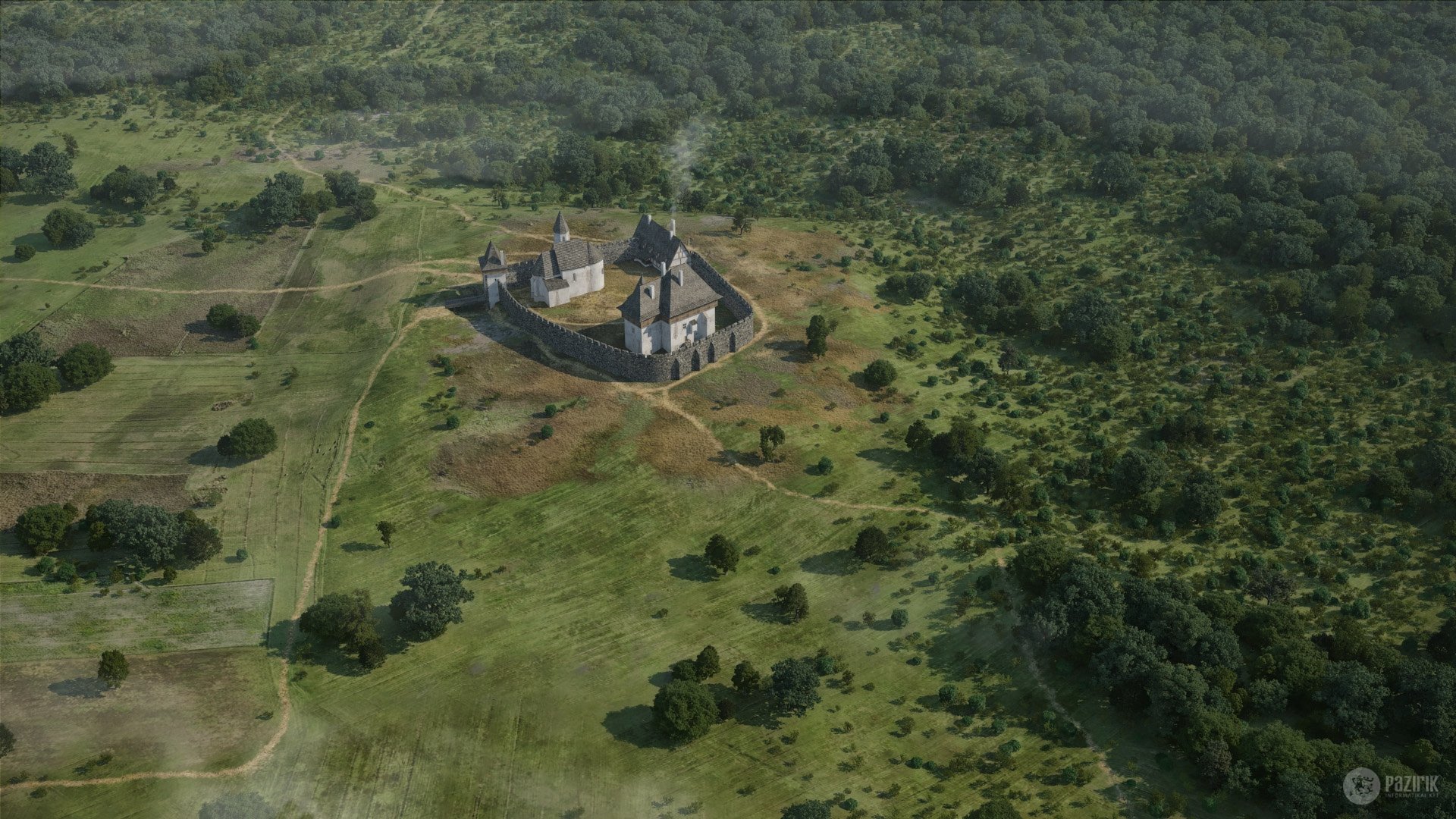
Castle Kisnána
The Castle of Kisnána is one of the most beautiful remains of late-Medieval noble residences in Hungary. Its history well demonstrates the evolution and transformation of landlord residences. Like the other settlements in the Mátra region, Kisnána also belonged to the Clan Aba. In the early 13th century the Kompolti family evolved from the Clan Aba, and one of its descendants, Péter Kompolti took possession of the land of Nána. Péter accumulated an immense fortune during the reign of the last kings of the Árpád dynasty and King Charles Robert and even held important posts in the king’s court. In 1325 Péter’s three sons shared the inheritance from their father and István inherited the village of Egyházas-Nána. He transferred his residence there and he and his descendants assumed the name Kompolti of Nána. He had the first mansion built near the parish church. In the first third of the 15th century the members of the Kompolti family had the village parish church of the now called Kisnána rebuilt in Gothic style. Under the inheritance agreement, when the spear side of the Kompolti family died out, Kisnána was inherited by the Guti Ország family. The castle was transformed and a large wine cellar was built under the inner court which could be approached through the stairway from the new extension built next to the chapel. The earth excavated during the construction of the cellar was used to raise the level of the court, which was then covered with new stones. The north palace was also transformed and Renaissance-style window frames were built in. In the early 1500s, the castle was fortified again, the Anjou-age mansion in the south-west corner of the outer fortress was demolished and its stone walled basement was filled up with earth. At that time the Lord of the Castle was István Losonczy, who gave refuge to László Móré (see the legend). In 1543, only two years after the Turkish occupation of Buda, Kisnána was destroyed by the Turks. As the Turks did not retain the ruined castle, in the next few decades several plans were made to rebuild and change the fortress into a border stronghold. However, the castle, was never rebuilt partly because of the early death of the owner. The ruins of the castle were cleared in the 1940s when the members of the paramilitary youth organizations created a military practice field there. The reconstruction was created along the advices of Balázs Szőke and Gergely Buzás.

